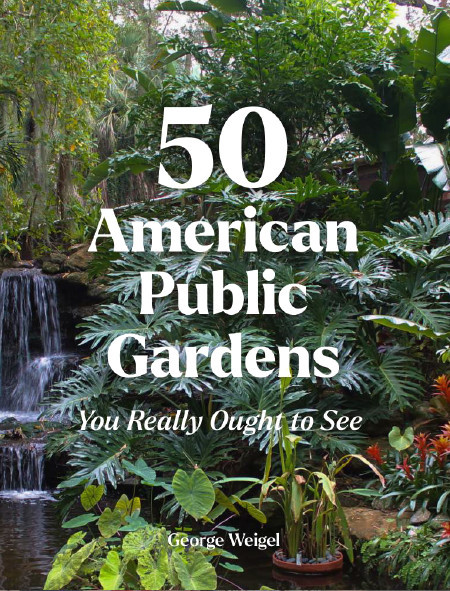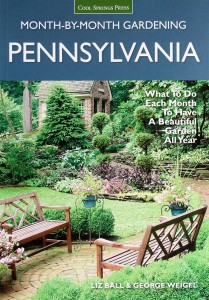Fringe-leaf bleeding heart
* Common name: Fringe-leaf bleeding heart

Fringe-leaf bleeding heart ‘Luxuriant’
* Botanical name: Dicentra eximia
* What it is: Fringe-leaf or “wild” bleeding heart (a.k.a. fringed or cut-leaf bleeding heart) is a shade-preferring, spring-blooming perennial that, although native to Pennsylvania and the eastern U.S., is not nearly as well known as the taller Asian-native old-fashioned bleeding heart.
This version of bleeding heart has the same nodding, heart-shaped pink flowers but it’s shorter than the more familiar bleeding heart, has lacy, fern-like foliage, and usually doesn’t go dormant in summer like old-fashioned bleeding heart.
Fringe-leaf bleeding heart is found in nature in moist, shady settings, such as forest floors and rocky woodlands. Blooms can last for six to eight weeks.
‘King of Hearts’ is a good variety, ‘Luxuriant’ has bluish leaves, and the new ‘Amore Titanium’ has white flowers and silvery foliage.
Plants are toxic, so deer and rabbits seldom bother any bleeding heart.
* Size: Fringe-leaf bleeding hearts grow 10 to 15 inches tall and spread slowly. Space 18 inches apart at planting.
* Where to use: A partly shaded spot (out of direct afternoon sun) with moist soil is ideal. Two good locations for fringe-leaf bleeding hearts are toward the front of a shade garden and edging east- or north-facing foundation gardens.
Plants don’t do well in hot, dry summer soil (water or else they may shut down and go dormant), and they’re prone to root-rotting in wet clay over winter. Good drainage and slightly acidic, humusy, “woodsy” soil is important.
* Care: Water the first season to establish the roots, then water only when soil goes dry in summer.
Scatter a balanced, granular, organic or slow-release fertilizer over the soil surface each spring, or top the soil each spring with a half-inch layer of compost.
Plants “self-clean,” so there’s no need to deadhead. Division also usually isn’t needed, but if you want to divide a large clump, it’s best done in early fall.
* Great partners: In a shady wildflower garden, other species that do well in similar sites are woodland phlox, foamflowers, coralbells, foamybells, crested iris, Indian pinks, turtlehead, and most ferns. Fothergilla, summersweet, and leucothoe are good flowering-shrub partners.







